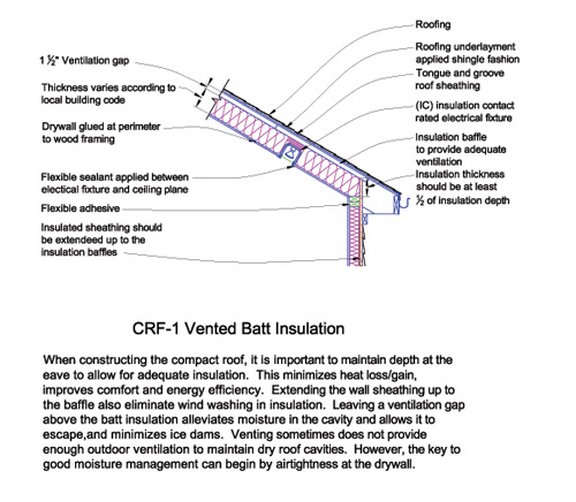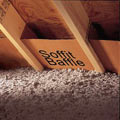You can buy pieces of plastic that go in your attic, attach to the rafters, and keep a channel for air open, so that the presence of insulation does not cause that channel to be blocked and hinder proper ventilation.
I don't know the official name for these things, but I bought some that were for 24 inch spacing. The problem is that they are too narrow, but obviously too wide for rafters on 16 inch centers.
The overall width of this plastic piece is roughly 22", and the inside to inside dimension on the rafters is 22-1/2"
What am I missing here?
I don't know the official name for these things, but I bought some that were for 24 inch spacing. The problem is that they are too narrow, but obviously too wide for rafters on 16 inch centers.
The overall width of this plastic piece is roughly 22", and the inside to inside dimension on the rafters is 22-1/2"
What am I missing here?


Comment